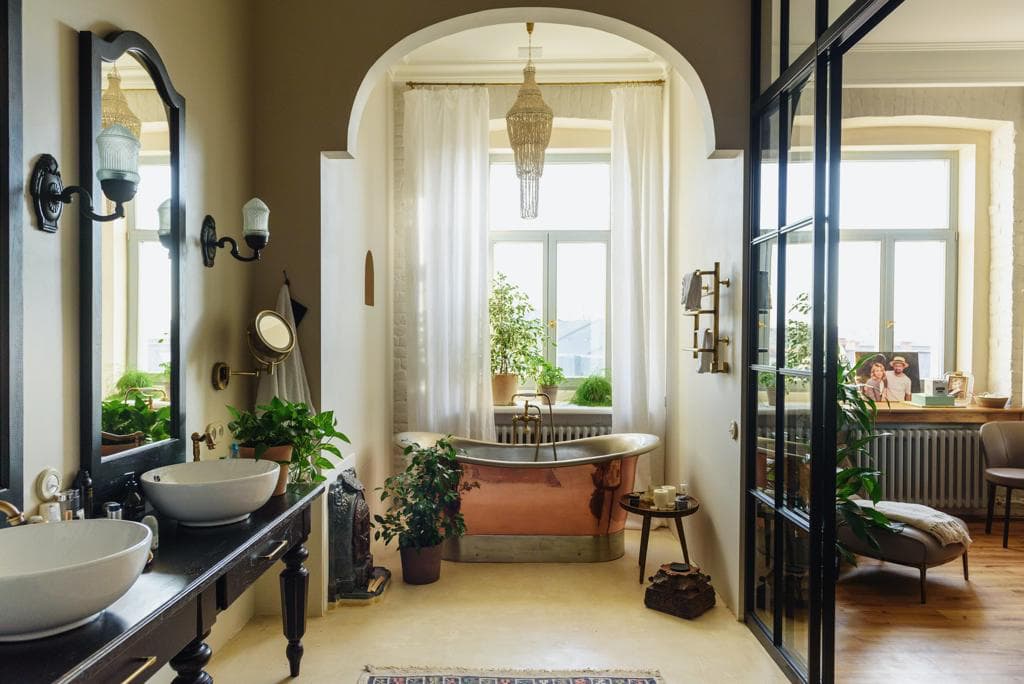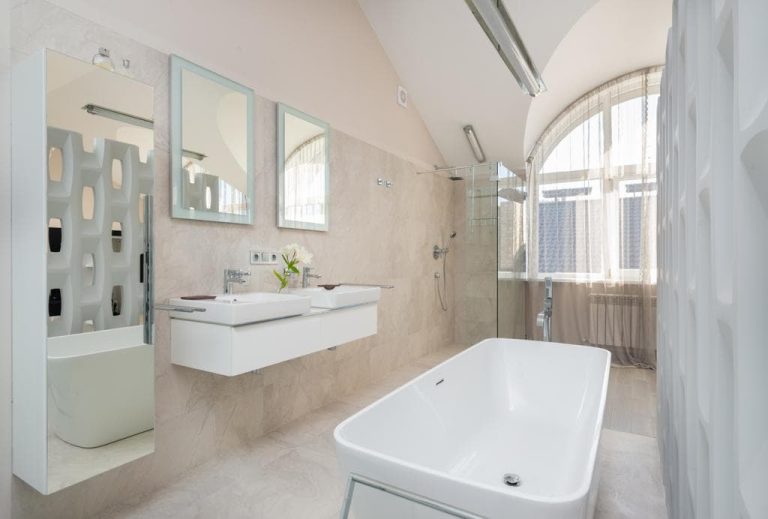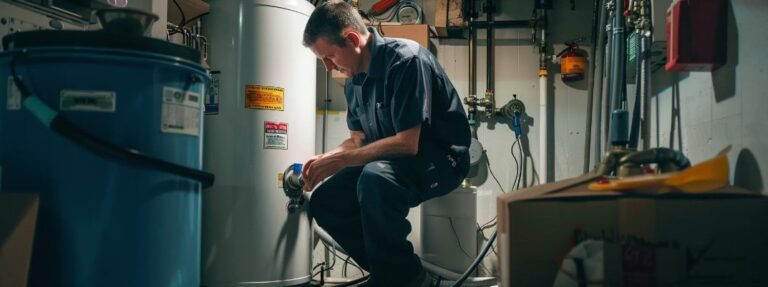10 Things to Consider Before Renovating Your Home
We all need a living space that caters to our specific needs and desires while maintaining a particular standard. No one wants to live in a house that has a poor interior or exterior. Renovations can resolve that.
Renovating a home can be an exciting but challenging endeavor. Whether you’re upgrading your living space for personal enjoyment or preparing to sell your property in Tampa, a well-planned renovation can significantly enhance your living experience and increase the value of your home. However, before diving into the world of renovations, it’s crucial to consider various factors to ensure a successful and stress-free project.
Let’s suppose you live in Tampa, which is often better in terms of remodeling costs than the state average in America. For instance, according to the 2022 Cost vs. Value Report, a 5×7 bathroom remodel in Tampa costs about $24,000, almost $3,000 less than the state average. That might be more incentive to consider a bathroom remodel over other renovations, as the potential ROI is greater.
So, before you dive into a project, make sure you do your research. This article will go through eleven essential things to contemplate before embarking on your home renovation journey.
Table of Contents
1. Evaluate Custom Bathroom Remodeling Costs
When planning a bathroom renovation, it’s crucial to evaluate the costs associated with customizing your bathroom space. Consider the expenses involved in selecting personalized fixtures, materials, and design elements that align with your specific preferences and style.
Consider the custom bathroom remodeling cost, custom cabinetry, unique tiling options, and tailored vanity installations to ensure they align with your allocated budget. Professionals at CMK Construction can give you adequate solutions and an accurate quote on the total cost of the project.
While customizations can add a personalized touch to your bathroom, it’s essential to balance your design aspirations with practical cost considerations.
2. Define Your Goals and Budget
Before initiating any renovation project, it’s vital to establish clear goals for what you want to achieve.
Do you seek to enhance functionality, increase property value, or improve aesthetics? Identifying your objectives will guide the entire renovation process and help you make informed decisions along the way.
Additionally, create a realistic budget that accounts for unexpected costs and allows for some flexibility. Understanding your financial boundaries is crucial to avoid overspending and potential financial strain.
3. Assess the Structural Integrity of Your Home
Conduct a thorough inspection of your property to assess its structural integrity. Look for any signs of damage, including cracks, leaks, or pest infestations.
Consulting a professional inspector or contractor can provide valuable insights into any underlying issues that may need immediate attention.
Addressing structural problems before commencing renovations is essential to prevent complications and ensure the safety and longevity of your home.
4. Understand Local Regulations and Permits
Familiarize yourself with local building codes, regulations, and permit requirements before initiating any renovation project. Violating these regulations can lead to legal complications and costly fines.
Consult with local authorities or a reputable contractor to ensure your renovation plans comply with all necessary standards. Securing the required permits in advance will streamline the renovation process and prevent unnecessary delays or interruptions.
5. Hire a Reliable and Skilled Contractor
Selecting the right contractor is paramount to the success of your renovation project. Research and interview multiple contractors to find a reputable professional with a proven track record and relevant experience in your specific type of renovation.
Request references, review their portfolio, and ensure they have the necessary licenses and insurance. Clear communication and a solid working relationship with your chosen contractor are essential for achieving your desired renovation outcomes.
6. Plan for Potential Disruptions
Renovations can disrupt your daily routine and upend living arrangements. Anticipate potential inconveniences, such as noise, dust, and limited access to certain areas of your home. Develop a comprehensive plan with your contractor to minimize disruptions and establish a feasible timeline for completing the project.
Creating a temporary living space or making alternative arrangements can help alleviate the stress associated with the renovation process and ensure a smoother transition during the construction phase.
7. Consider Energy Efficiency and Sustainability
Integrate energy-efficient and sustainable solutions into your renovation plans to reduce future utility costs and minimize your home’s environmental impact.
Incorporate energy-efficient appliances, LED lighting, and eco-friendly materials to create a more sustainable and cost-effective living environment.
Implementing green technologies not only benefits the environment but also enhances the overall value and appeal of your home in the long run.
8. Focus on Functional Design
Prioritize functionality and practicality when designing your renovated space. Consider your lifestyle, daily activities, and specific needs to create a layout that optimizes comfort and convenience.
Maximize storage space, incorporate versatile furniture, and emphasize ergonomic design to enhance the overall functionality of your living areas. Balancing aesthetics with functionality will result in a well-designed, practical home that caters to your lifestyle requirements.
9. Prioritize Safety Measures and Accessibility
Incorporating safety features and ensuring accessibility in your home remodeling plans is paramount, especially if you have family members with specific mobility needs or seniors in the household.
Consider the bathroom. Install grab bars, non-slip flooring, and accessible showers or tubs to prevent accidents and ensure a secure bathing experience for all users. Think about implementing a walk-in shower or bathtub for improved accessibility, making it easier for individuals with mobility challenges to use the bathroom independently.
By prioritizing safety measures and accessibility, you can create a home that not only reflects your style but also caters to the well-being and comfort of all occupants.
10. Evaluate Long-Term Maintenance Requirements
When undertaking a home remodeling project, it’s crucial to assess the long-term maintenance needs of the materials and fixtures you plan to incorporate. Opt for low-maintenance and easy-to-clean options to minimize the time and effort required for regular upkeep.
Additionally, research the recommended maintenance practices for specific features to ensure their longevity and sustained visual appeal. By evaluating the long-term maintenance requirements beforehand, you can make informed decisions that contribute to a functional and visually appealing space that remains in excellent condition for years to come.
Conclusion
In conclusion, renovating your home in Tampa can be a rewarding and transformative experience when approached with careful planning and consideration. By defining your goals, assessing your property, adhering to local regulations, hiring the right professionals, and preparing for potential disruptions and unforeseen costs, you can ensure a successful and satisfying renovation journey.






